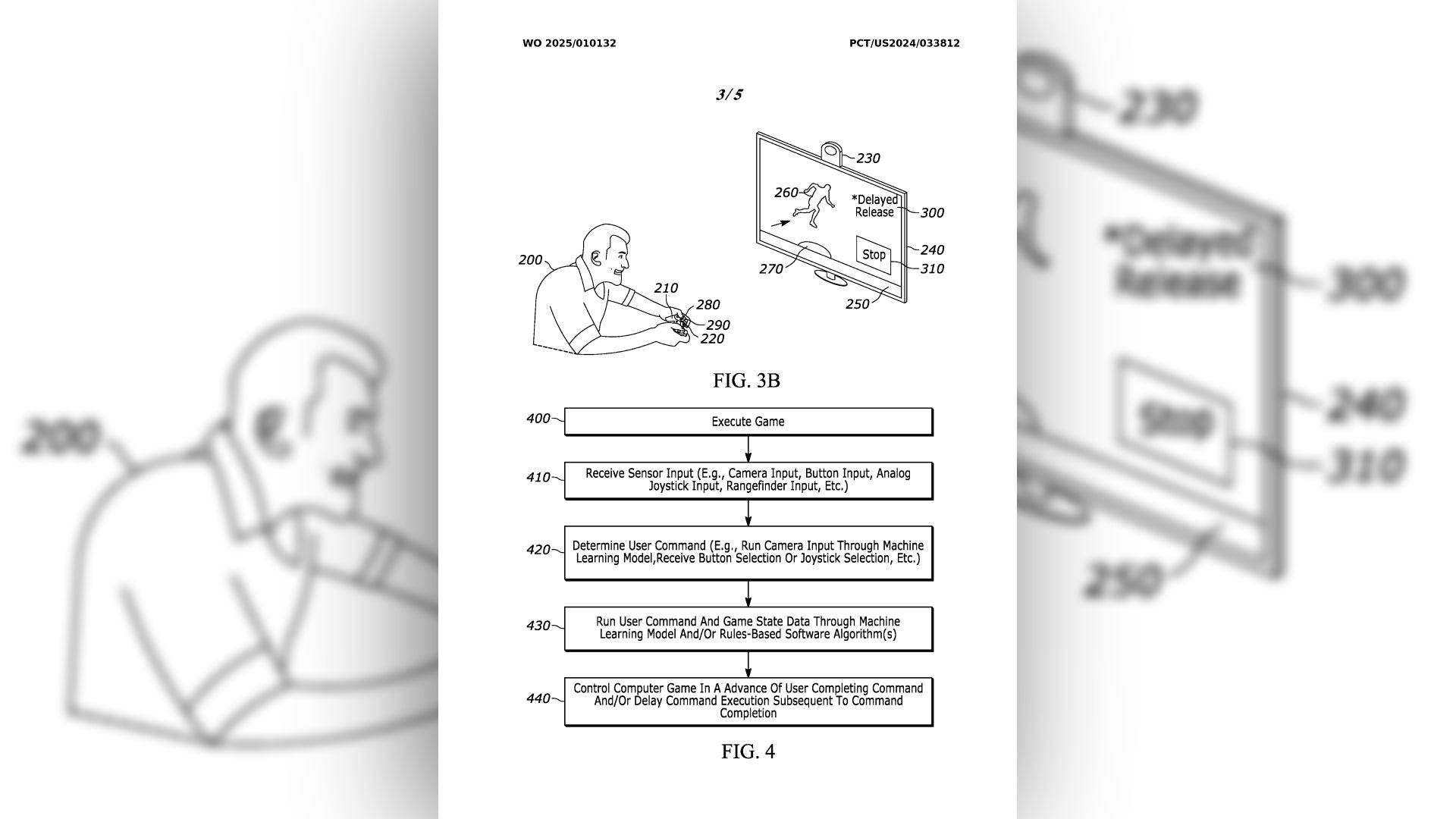Sony has recently filed a new patent that could revolutionize the way we experience gaming by significantly reducing latency in future hardware. The patent, titled “TIMED INPUT/ACTION RELEASE,” introduces an innovative approach to minimize the delay between a player's input and the game's response, leveraging an AI model and additional sensors. This development comes in the wake of Sony's introduction of PlayStation Spectral Super Resolution (PSSR) with the PlayStation 5 Pro, which, while capable of upscaling to 4K, may introduce latency with newer graphics technologies like frame generation.
Latency has been a persistent challenge in gaming, often making games feel less responsive despite increased frame rates. Both AMD and Nvidia have tackled this issue with technologies like Radeon Anti-Lag and Nvidia Reflex, respectively. Sony's patent suggests a unique solution that involves predicting user inputs through a machine-learning AI model, potentially aided by external sensors such as a camera focused on the controller to anticipate which button a player might press next. The patent explains, "In one particular example, the method may include providing camera input as an input to a machine learning (ML) model. The camera input may indicate the first user command."

Sony's approach aims to streamline the "timed release of user commands," as the company notes in the patent, "there can be latency between the user's input action and the system's subsequent processing and execution of the command. This in turn results in delayed execution of the command and unintended consequences in the game itself." By predicting inputs, Sony hopes to reduce this latency, enhancing the gaming experience, particularly in genres like twitch shooters that demand both high framerates and low latency.
Another intriguing aspect of the patent is the potential use of controller buttons as sensors, hinting at Sony's continued interest in analog buttons for next-generation controllers. While the exact implementation in future consoles like the PlayStation 6 remains uncertain, this patent demonstrates Sony's commitment to reducing latency without compromising on the responsiveness of games. This is especially relevant with the rise of rendering technologies like FSR 3 and DLSS 3, which can add frame latency to games.
Although it's unclear whether this technology will be adopted exactly as described in the patent, it's evident that Sony is exploring innovative solutions to enhance the gaming experience. Whether or not this patent translates into future hardware, it's clear that the company is dedicated to pushing the boundaries of what's possible in gaming.














